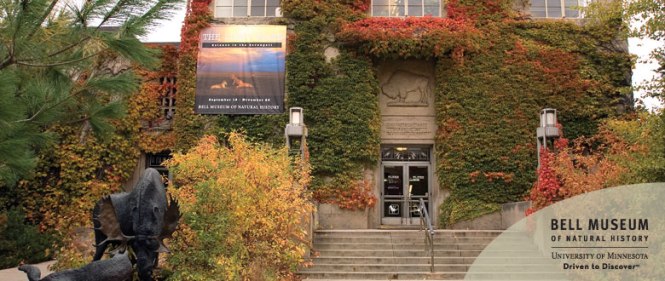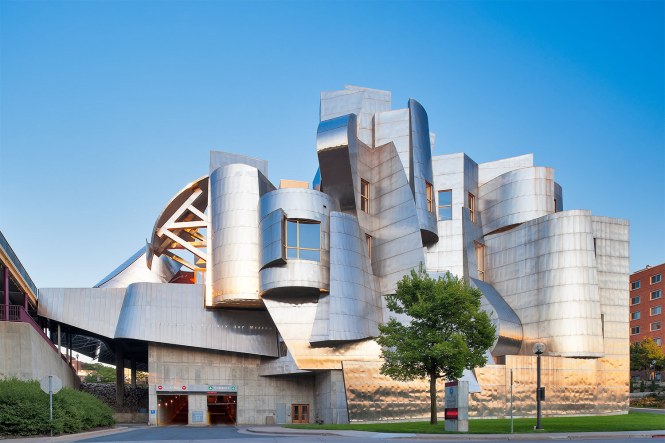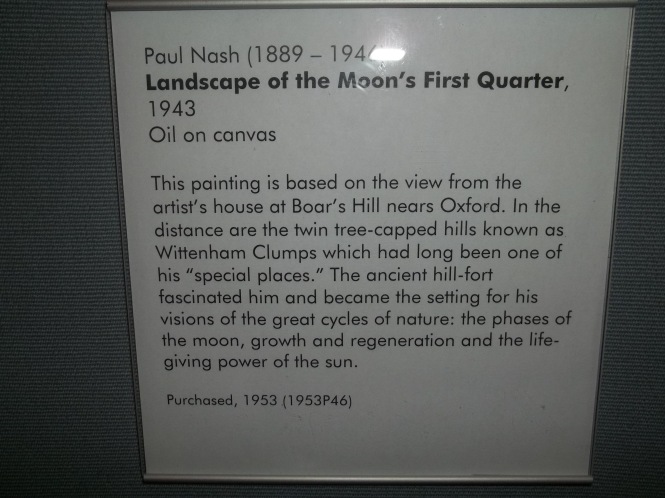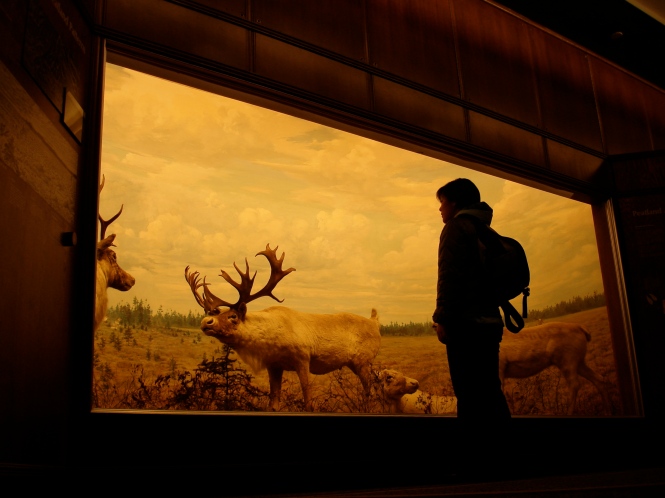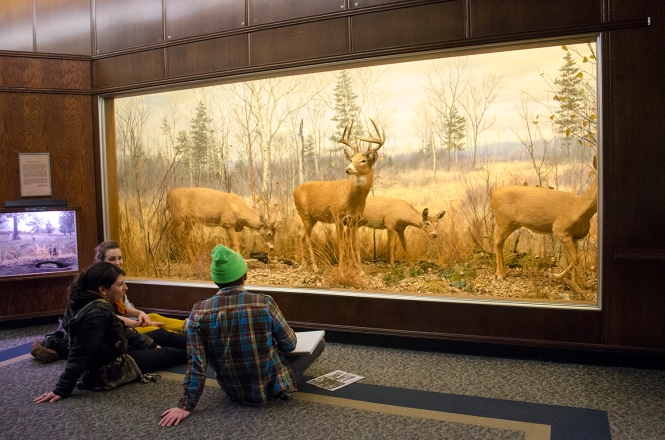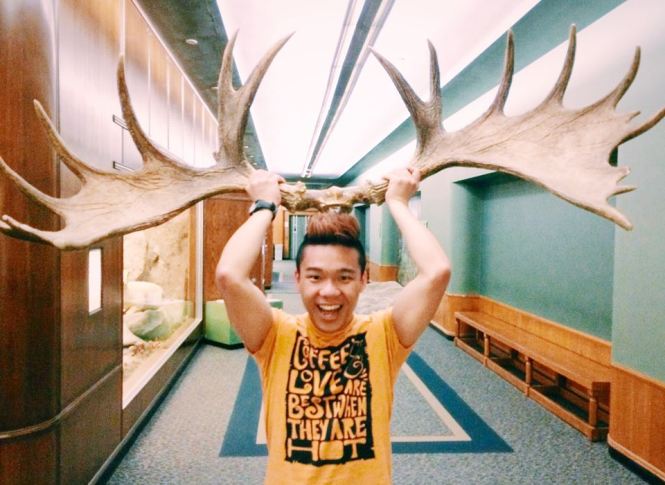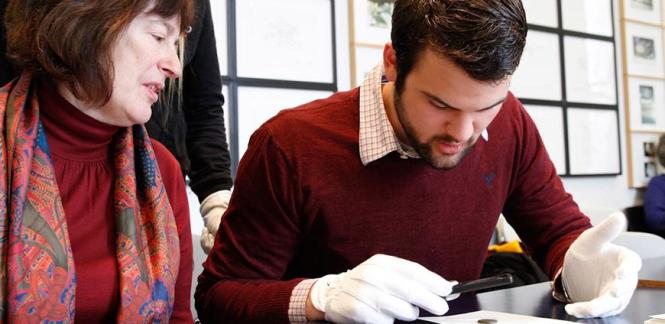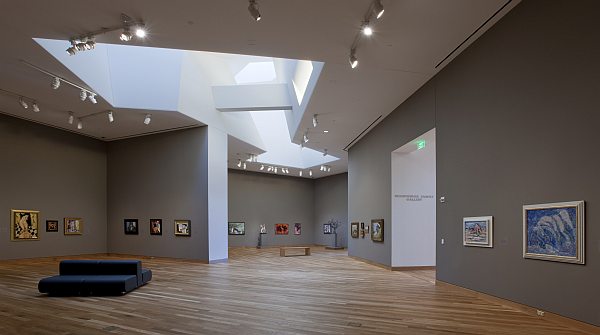Rationale & Learning Objectives
Writing requires careful observation, critical thinking, analysis of ideas and events, as well as creative thinking. Great writers are great observers. They consider the world around them, notice overlooked details, and make connections.
Art and science narratives give students the opportunity to build visual and verbal literacy. Here at the University of Minnesota-Twin Cities, resources are plenty for writing instructors and students to explicate the ideas and theories of rhetoric and composition at the college level. Avenues like the Fredrick Weisman Art Museum and Bell Museum of Natural History seem to be excellent places where students could engage with works of science and art to practice sustaining in-depth observations, arguments, and interpretations.
As I am preparing for summer teaching, I am exploring ways in which science and art museums could complement the purposes of a first-year composition course. This blog entry serves as my launchpad to consolidating the ideas that make up the writing activities designed with these resources in mind. (Ideas and critiques are welcomed!)
Pre-visit Preparation
For rhet/comp pedagogical objectives, the writing assignments in the museums should be designed with the intentions of inviting students to engage with communicative artifacts that serve various rhetorical purposes. Before sending students out to the sites, I plan to introduce students to the rhetoric of scientific and technical (including artistic) communication, where we would discuss the concepts of authorship, audience, the rhetorical situation, discourse community, and the composing process.
Then, I will provide a prompt that allows students to consider the communicative purposes of descriptors (e.g., labels, artist background, artwork info, and narratives in flyers and promotional materials) in the museum. I hope to encourage students to think about the rhetorical situation and the appeals in these descriptors, and how writing is employed as a mode of communication for the respective goals.
Students should also visit the website of the respective museums, write down questions they may have and bring them along so they can ask a guide, and review the museum rules or guidelines before visiting the site.
During Visit
Students will either be visiting the museums of their choice in groups or by themselves. They will be required to schedule a guided tour with the chosen museum such that they receive expert information during their visit.
Students should pay attention to all communicative materials used in the museum, be it art descriptors, handouts, promotional items, or even the guide’s narration. Videos such as this could provide historical background to students for better understanding of certain artwork or product.
Students will be asked to bring a journal or notepad with them so they could take down information and notes as they visit the sites. They will be encouraged to pursue multimedia composing methods, including taking pictures (selfies, because why not?!), videos, stop-motion graphics, and other multimedia storytelling approaches to constructing their observations in this exercise.
Post-visit Activities
The end product of this assignment would be a written report on students’ experience and their findings. Students will be required to explain and elaborate on how communication is performed in the museum settings, i.e., how audience are identified, what the communicative goals of the written artifacts in the museums are, what kinds of appeals are used to accomplish the communication goals, what are some suggestions to improve these communications, etc.
Students will be ask to direct their reports to the managers of the museums such that their recommendations would be considered and hopefully take effect.
A Note on Writing & Discussions
In this exercise, students should learn to tease apart observations (the facts, the evidence, what they see) from interpretations (reasoned conclusions supported by evidence; what they see that makes them say that). Working through the perception process can be done individually, but it can be particularly effective as a guide to facilitate group discussion.
Sharing perceptions, responses, and questions about a single work can be dynamic and rewarding whether the dialogue is between partners or in the facilitated discussion of a larger group. Puzzling out meanings from a rich image, students should build on each other’s ideas and reconcile with their own experiences.
Ideas? Comments? Recommendations? Please leave a few words below!
